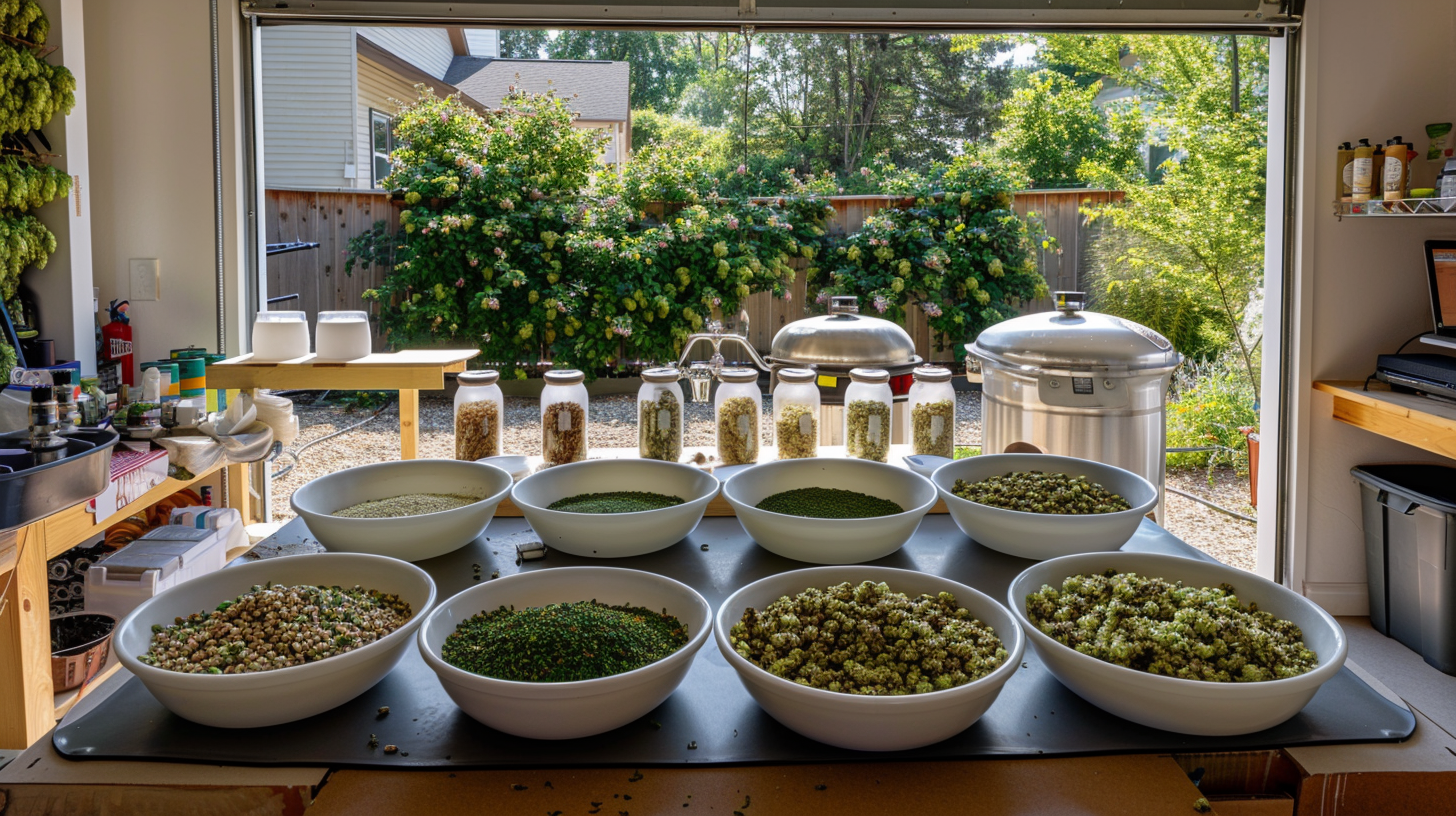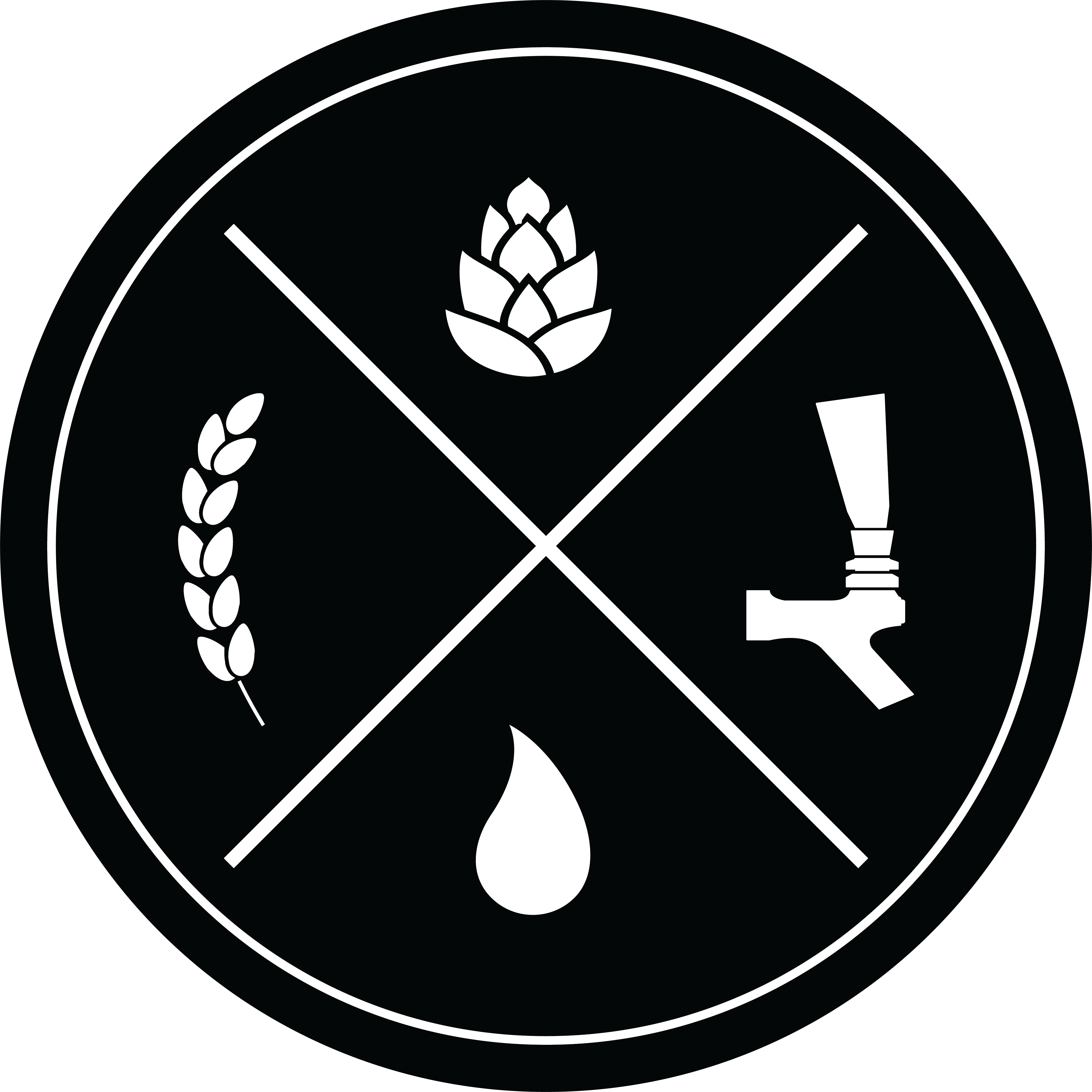
In case you missed this recent episode of our weekly podcast, we had a great question from a listener regarding the desire to achieve a nice hop aroma but without also bringing too much bitterness to the batch of homebrew. As y’all know, we are the foremost experts on basically any topic we discuss on the show – just ask us! Kidding aside, this was a question that I did try to deep dive into after recording the episode and, along with the answers provided to me by Todd and James, I was able to come up with a pretty consumable list below showcasing some techniques we’d recommend you try.
As we discussed on the podcast, one of the greatest challenges in homebrewing is mastering the delicate balance between hop aroma and bitterness. So much so, in fact, that some of us (me) stick to just brewing straight forward styles to avoid this balancing act.
Hop aroma is essential for creating complex, enjoyable beers, but excessive bitterness can overpower these flavors and lead to a less pleasant drinking experience. By understanding and applying certain techniques, homebrewers can achieve a harmonious balance that enhances the overall quality of their brews.
1. Late Hop Additions
Adding hops late in the boil, typically within the last 10-15 minutes, or even during whirlpooling, is a key method for enhancing hop aroma without significantly increasing bitterness. The later the hops are added, the fewer alpha acids are isomerized, which means less bitterness is extracted. This technique ensures that the volatile oils responsible for aroma remain intact, resulting in a more pronounced hop character.
2. Dry Hopping
Dry hopping involves adding hops directly to the fermenter after primary fermentation has completed. This method is highly effective for maximizing hop aroma because it preserves the delicate essential oils that would otherwise be lost during the boil. By dry hopping, brewers can infuse their beer with fresh, vibrant hop aromas without adding any additional bitterness.
3. Hop Bursting
Hop bursting is a technique where a significant portion of the hops are added late in the boil. This strategy allows brewers to achieve the desired level of bitterness while simultaneously infusing the beer with intense hop aroma and flavor. By adding the hops in the last 20 minutes of the boil, the resulting beer has a well-rounded hop profile that is both aromatic and flavorful without being overly bitter.
4. First Wort Hopping
First wort hopping involves adding hops to the wort as it heats up to a boil. This technique can impart a smoother bitterness and a more well-rounded hop flavor. Because the hops are exposed to wort at a lower temperature initially, the alpha acids are isomerized more gradually, resulting in a smoother bitterness. Additionally, FWH can enhance the aroma profile of the beer, creating a more balanced hop character.
5. Using Low Alpha Acid Hops
Opting for hops with lower alpha acid content is another effective strategy for achieving aromatic qualities without significantly increasing bitterness. Low alpha acid hops tend to contribute more flavor and aroma than bitterness, making them ideal for late additions and dry hopping. Varieties such as Saaz, Hallertau, and Fuggle (just ask our good friend, Lorena Evans!) are excellent choices for brewers aiming to emphasize hop aroma over bitterness.
6. Hop Stands
A hop stand, also known as a hop steep or whirlpool hopping, involves allowing hops to steep in hot wort after the boil but before chilling. This is typically done at temperatures around 170°F (77°C). At this temperature, less bitterness is extracted from the hops, while the aromatic compounds are preserved. This method can produce a beer with intense hop aroma and flavor without excessive bitterness.
Thinking Outside the Box
1. Balancing the Grain Bill
Adjusting the malt bill to include more specialty malts can help balance hop bitterness with malt sweetness, allowing hop aromas to shine through. Adding caramel or Munich malts, for example, can add sweetness and body to the beer, which can counterbalance the perceived bitterness from the hops. This approach creates a more harmonious and well-rounded beer.
2. Yeast Selection
Choosing yeast strains that are known for their clean fermentation profiles can help in showcasing hop aromas without contributing to perceived bitterness. Yeast strains that produce minimal esters and phenols allow the hop character to take center stage. American ale yeasts, such as Wyeast 1056 or Safale US-05, are popular choices for their neutral profiles that highlight hop flavors and aromas.
3. Controlled Fermentation Temperatures
Maintaining consistent and appropriate fermentation temperatures is crucial for preventing the development of harsh bitterness and preserving hop aromatics. High fermentation temperatures can lead to the production of unwanted off-flavors that can mask hop aromas and accentuate bitterness. By controlling fermentation temperatures, brewers can ensure a cleaner, more aromatic beer.
—
Mastering the balance between hop aroma and bitterness requires a combination of careful planning and precise execution. By employing techniques such as late hop additions, dry hopping, hop bursting, and first wort hopping, homebrewers can create beers that are aromatic and flavorful without being overwhelmingly bitter. Additionally, selecting the right hops, balancing the grain bill, choosing appropriate yeast strains, and controlling fermentation temperatures are all essential steps in crafting a well-rounded and enjoyable beer. With practice and attention to detail, brewers can achieve the perfect harmony of hop aroma and bitterness, elevating their homebrewing to new heights.
Pick up the hops you need to make your brew day better over at HopsDirect.com!

